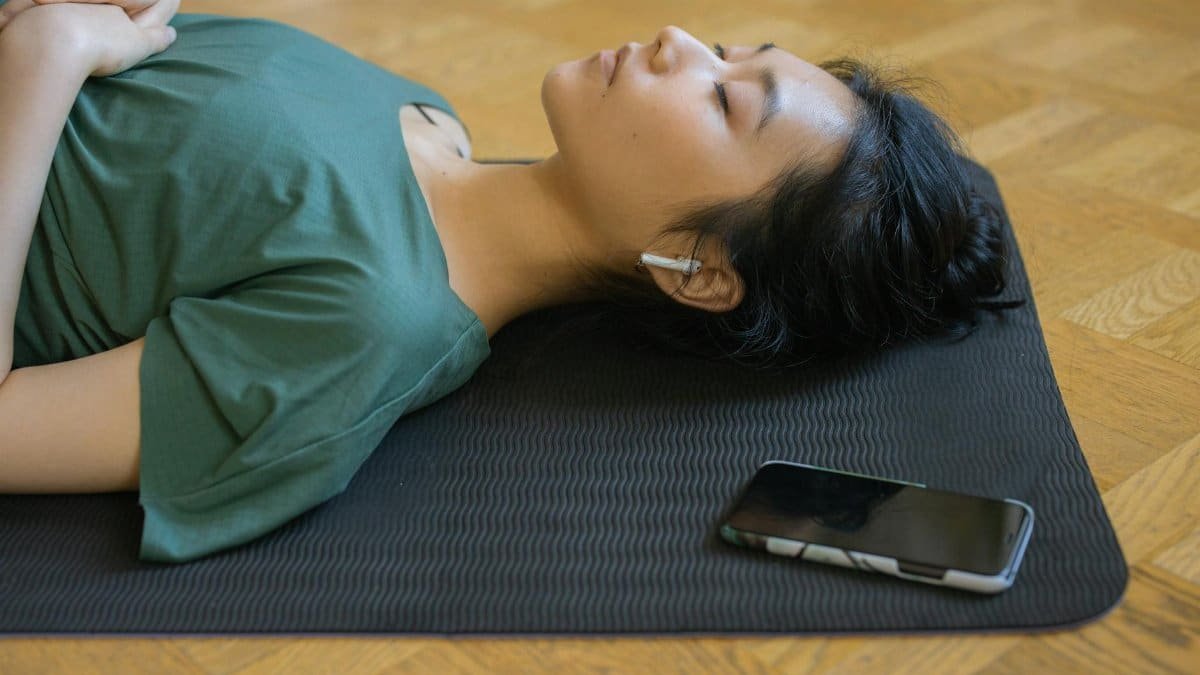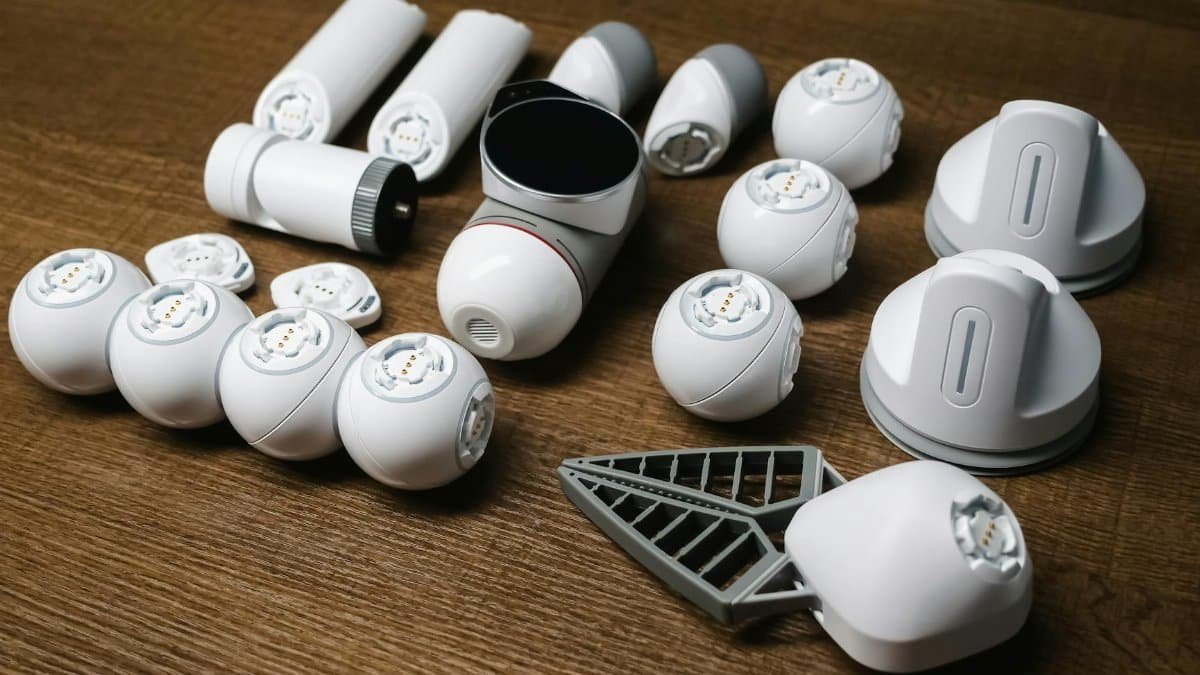Imagine a world where your watch doesn’t just track steps but gently nudges you to breathe deeper during a stressful moment. Or a headset that doesn’t just play music but helps rewire your focus. As technology races forward, the idea of conscious tech gadgets 2025—a wave of devices designed to enhance mindfulness, emotional awareness, and mental clarity—is gaining traction. These tools aren’t about disconnecting from the digital age but about using it to reconnect with ourselves. From urban professionals to suburban parents, Americans are increasingly seeking tech that aligns with a desire for balance in a chaotic world. This isn’t science fiction; it’s the direction of innovation as we step into the new year. What follows is a look at eight standout gadgets poised to redefine how we interact with technology—and with our own minds.
1. MindSync Band: A Wearable for Emotional Balance

Slipping on the MindSync Band feels like having a quiet companion on your wrist. This sleek wearable, slated for release in early 2025, claims to monitor stress levels through skin temperature and heart rate variability. When it senses tension, it vibrates softly, prompting a brief breathing exercise via a paired app. One tester, speaking anonymously, described it as “a subtle reminder to pause, almost like a friend tapping your shoulder.” The band’s developers at NeuroCalm Tech cite studies showing stress reduction of up to 20% with consistent use, a figure backed by research from the American Psychological Association. While the $199 price tag might raise eyebrows, its potential to integrate mindfulness into daily chaos could make it a game-changer for busy professionals.
Yet, there’s a catch. The app’s interface can feel clunky, and data privacy remains a concern—common threads with conscious tech gadgets 2025. Will users trust it with such intimate metrics? Only time will tell.
2. CalmSphere Earbuds: Soundscapes for Serenity

“It’s like stepping into a forest without leaving my desk,” one early user remarked about the CalmSphere Earbuds. These earbuds, expected to hit shelves by mid-2025, go beyond noise cancellation. They offer curated soundscapes—think gentle rain or distant waves—designed to lower cortisol levels. Drawing on research from the National Institutes of Health about music’s impact on health, the makers at AudioZen claim a 15-minute session can mimic the effects of meditation. At $129, they’re more accessible than some competitors, though battery life lags at six hours. For those juggling Zoom calls and family noise, this could be a pocket-sized escape. Still, are soundscapes enough to shift deeper mental habits? That’s the lingering question.
3. FocusLens Glasses: Filtering Digital Overload

What if your glasses could help you focus? The FocusLens, a 2025 release from VisionMind, embeds blue-light filtering with a twist: a tiny heads-up display prompting micro-breaks every 20 minutes. Inspired by the 20-20-20 rule for eye health, endorsed by the American Optometric Association, these glasses aim to combat digital fatigue. Priced at $250, they’re not cheap, but for remote workers staring at screens all day, the investment might pay off. A trial user noted squinting at the display felt odd at first, but the habit of looking away became second nature. Skeptics, though, wonder if wearable reminders can truly change behavior—or if they’re just another distraction.
4. BreathSync Pendant: A Necklace That Breathes With You

Worn discreetly around the neck, the BreathSync Pendant doesn’t scream “tech.” Yet this small device, launching in 2025, tracks breathing patterns and emits subtle vibrations to guide slower, deeper inhales. Its creators at RespiraTech lean on studies like those from the Harvard Medical School, which highlight breathing’s role in stress management. At $89, it’s a low-barrier entry into conscious tech gadgets 2025. One challenge? It requires consistent wear to be effective, and some might find the vibrations intrusive. Still, for those seeking a tactile mindfulness tool without screens, it offers a quiet kind of innovation.
5. NeuroPulse Headband: Training the Brain

The NeuroPulse Headband promises something ambitious: real-time feedback on brain activity to enhance focus or relaxation. Set for a 2025 debut, it uses basic EEG tech to measure brainwaves, guiding users through exercises via an app. The science isn’t new—research from institutions like the National Institutes of Health supports neurofeedback’s potential—but bringing it to a $299 consumer device is. Early reviews praise its meditation modes but note a steep learning curve. Is this the future of mental training, or just a pricey gimmick? For now, it’s a bold step into personal brain optimization, though accessibility remains a hurdle.
A quick snapshot from online chatter captures the divide: one user shared feeling “empowered” by the data, while others grumbled about setup frustrations. The jury’s still out.
6. ZenMat: A Smart Surface for Grounding

Picture rolling out a yoga mat that doubles as a coach. The ZenMat, expected in late 2025, embeds sensors to track posture and breathing during mindfulness or stretching sessions. Paired with an app, it offers real-time corrections and guided practices. Its $179 price aligns with premium mats, but the tech adds value for beginners needing structure. Studies from the Mayo Clinic underscore yoga’s mental health benefits, which ZenMat aims to amplify. However, some testers found the feedback distracting rather than grounding. It raises a broader point about conscious tech: can gadgets enhance ancient practices without diluting their essence?
7. EmoteMirror: Reflecting Your Inner State

At first glance, the EmoteMirror looks like any smart home display. But this 2025 release from InnerTech uses facial recognition to gauge mood and suggest quick mindfulness exercises—think a one-minute gratitude prompt if you appear tense. Priced at $199, it’s marketed for home offices or bathrooms, spaces where we often pause. The concept ties into research on emotional self-awareness from the Pew Research Center, which notes growing interest in mental health tools among Americans. Privacy concerns loom large, though—do we want a mirror reading our faces? It’s a fascinating, if unsettling, frontier for conscious tech gadgets 2025.
8. HarmonyPod: A Personal Meditation Bubble

Perhaps the most immersive of the bunch, the HarmonyPod is a portable device creating a “meditation bubble” through light, sound, and aromatherapy. Slated for 2025, this $349 gadget targets those craving sensory escape. Its makers at SereneSpace draw on studies showing multisensory environments can reduce anxiety, a claim supported by research from the American Psychological Association. Users sit with it for 10 minutes, enveloped in calming stimuli. Early feedback highlights its effectiveness but notes the bulkiness. For urban dwellers with little space for calm, it could carve out a mental oasis. Yet, at that cost, it’s a luxury not everyone can access.
As these eight conscious tech gadgets 2025 roll out, they reflect a broader shift: technology isn’t just about efficiency anymore; it’s about well-being. From wristbands to mirrors, they’re tools to help us navigate stress, focus, and emotional noise. But they also raise questions—about privacy, cost, and whether tech can truly foster inner peace. Walking this line, between innovation and introspection, might just define the next wave of personal growth in America. For now, these devices offer a starting point, a way to test if silicon and circuits can help us feel more human.
